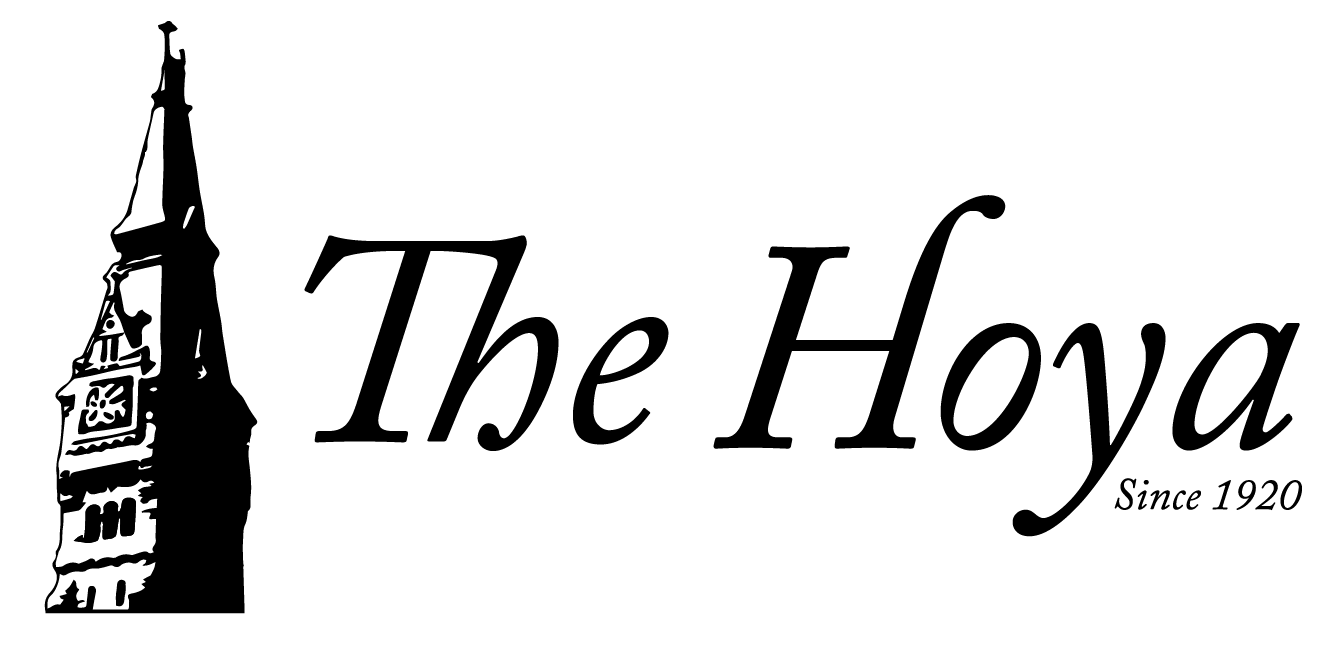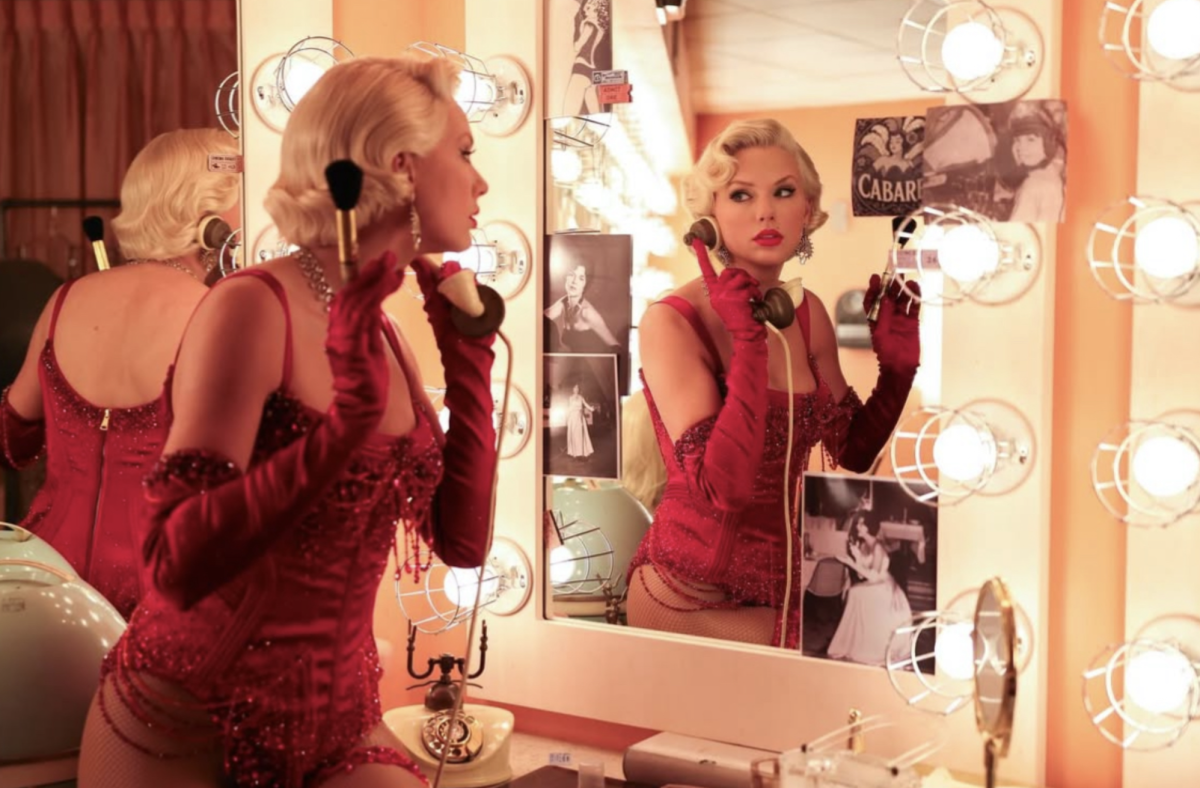“Good afternoon, everyone. I’m Mr. Hawks and this is iss Schiffman and Miss Tan. We’re here today to talk to you about UNICEF and the `Trick-or-Treat for UNICEF’ program.”
It’s a Wednesday earlier this month and two other members of Georgetown’s chapter of UNICEF and I are speaking in front of 60 fifth and sixth graders at Horace Mann Elementary School.
We’re nervous. This is our first presentation ever. We begin by showing a short video. It highlights the idea of kids helping kids and how car washes, fundraising and bake sales can help needy children in developing countries. But it also begins to open the eyes of our young audience to the tremendous challenges children in some parts of the world face.
I’ve been “aware” for just about as long as I can remember. When I was growing up, my mother was a volunteer for Oxfam while we lived in England and then the U.S. Fund for UNICEF after we moved to the United States. My father supported Live Aid, a joint charity concert between London and New York City that raised millions for African famine relief. It was organized by Bob Geldof of The Boomtown Rats and featured U2 and a lot of bands that aren’t around any more. I was four years old at the time of Live Aid, so I really shouldn’t remember any of this. Instead I remember not only the cause, but also the costs – the tiny cost of helping, the huge cost of not.
After the video, the elementary school children discuss their reactions. I am struck by how much clearer they see things. They don’t think about evil regimes, social constructs or WTO and IMF debacles over aid. They simply see other children suffering and want to do something about it.
The vast majority of child deaths are entirely avoidable. Each day, 30,000 children die, largely from preventable causes. Leading threats include pneumonia and measles, which cost pennies to cure and pennies to prevent. But tremendous strides have been made; that number was 70,000 only a generation ago. The United Nations Children’s Fund has made outstanding progress since its creation after World War II. UNICEF efforts to provide clean drinking water, nutrition, medicine, education and disaster relief save 7 million childrens’ lives each year and help tens of millions lead healthier and more productive lives.
I think listing appalling statistics or showing graphic images can sometimes shock people into action or awareness. But ultimately we need to focus not on feeling helpless or guilty, but on doing something positive. Three cents supply one dose of vitamin A to boost a child’s immune system and prevent blindness. Five cents provide iodized salt for one year to one child, to prevent stunted physical and mental growth. And $1 immunizes one child against polio for life.
“Trick-or-Treat for UNICEF Month” is a massive engine for raising funds to save children’s lives. It began humbly in 1950 when a Presbyterian youth group collected $17 in decorated milk cartons on Halloween to help children overseas. Since then, American children have raised more than $119 million through the program. This year, our Campus UNICEF group has some terrific events planned leading all the way up to Halloween.
UNICEF’s Georgetown chapter will be visiting three elementary schools and will even have children participating in the D.C. Schools program come to us when they visit Georgetown’s campus on Sunday, Oct. 26 to “Trick-or-Treat for UNICEF” through the dorms. Partnering with The Corp, we have placed hand-designed donation boxes in many on-campus stores. We will be tabling in Red Square during the last week of October and first week of November to raise funds and sell UNICEF greeting cards.
But we’re not done yet. I still have a few questions for the class.
“Raise your hand if you took a shower or a bath yesterday or today.”
Most of the fifth and sixth graders raise their hands and look suspiciously at their classmates who didn’t.
“OK. How many of you took a drink from the water fountain?”
“How many of you used the bathroom?”
“Now, can you imagine if you had to do all of these things in the same water?”
I’m explaining why clean drinking water is so important and, believe it or not, this type of material does amazingly well with nine to 11-year-olds. The children are soon laughing and I’m laughing too – both because they’re laughing and because I feel like I just snuck something past the teachers.
So, in a few weeks’ time, maybe you’ll hear a knock at your door and kids yelling, “Trick-or-Treat for UNICEF.” Whether it’s Sponge Bob, Wonder Woman or yet another Harry Potter standing outside, please give generously to their orange donation boxes. There’s a world of children who could really use the help.
Sean Hawks is a senior in the College and president and co-founder of UNICEF-Georgetown University.





